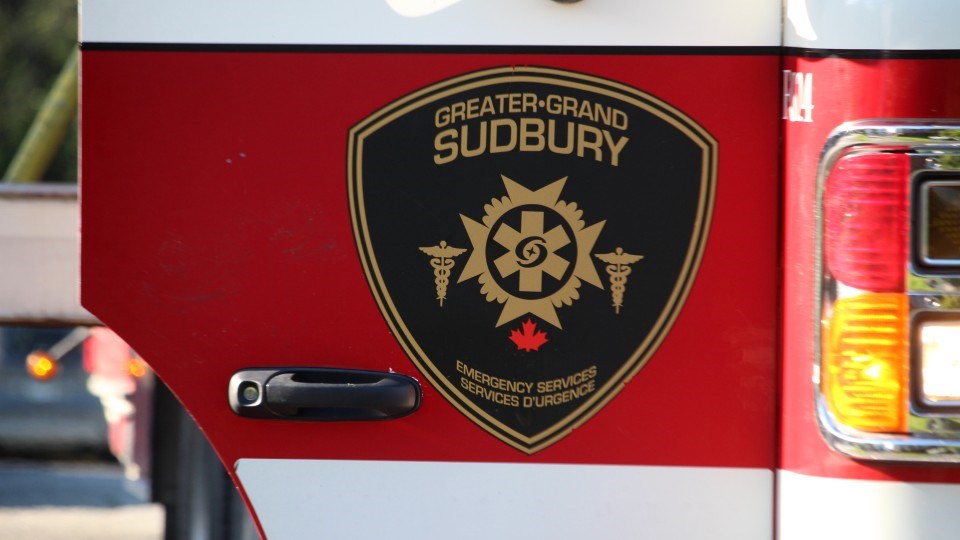With 64 members added to the city’s complement of volunteer firefighters, “one of the largest recruitments in recent history” has been deemed a success, despite COVID-related factors.
So says assistant deputy chief Nathan Melin, who offered the city’s emergency services committee an update on this year’s efforts during a recent meeting.
Although the 64-member boost increased their ranks from 209 in 2020 to 273, half of the municipality’s 18 stations don’t have the minimum required number of firefighters.
The national Fire Underwriters Survey has determined this number to be 15, at which point stations are considered protected and covered by fire underwriters, deputy fire chief Jesse Oshell said.
“We hope to achieve 15 and we aim for that particular goal — more is always better,” he told the committee, adding that the fire chief has been supportive of achieving even greater numbers, “to no particular top-end number.”
“We continue to recruit, we continue to recruit very hard, and we try to achieve where we can,” he added.
“That doesn’t mean we’re not providing fire response in those areas, we certainly are, we are providing different mitigative efforts and actions such as pairing stations together, dispatching multiple stations at a time to make sure we’re always sending the proper amount of firefighters to an emergency depending on what it is.”
Stations that currently fall short include Whitefish at 13 volunteers, Beaver Lake (four), Dowling (11), Levack (10), Val Caron (13), Capreol (11), Falconbridge (seven), Skead (three) and Coniston (14).
The city’s Volunteer Firefighter Recruitment Committee is expected to meet early next year to prepare that year’s volunteer recruitment strategy, taking the best from this year’s efforts and resolving whatever shortcomings they discover.
The committee is composed of firefighter professionals, an acquisition specialist and volunteers, and works to address what Melin referred to as the “ongoing issue of recruitment.”
This year’s effort found the city use various strategies to draw in applicants, including the use of portable signs, recruitment banners installed on stations, recruitment videos, radio ads, a social media campaign and posters.
“The younger candidates were more on social media, where the older candidates heard about it on the radio or saw the signs,” Melin said, later clarifying that the average age of applicants was 25 to 35, with people dropping off as they begin having children and run out of time to volunteer.
They ended up with 213 applicants, of whom 147 were forwarded to physical assessment testing. The majority of those to drop off at this stage did so because they did not reside in the response area.
With more dropping off at each step, 90 made it to the interview process, 72 came forward for the mandatory 40 hours of training and 64 were hired.
Through this process, Melin said they learned a number of things about the process, such as that conducting interviews online via Microsoft Teams isn’t as ideal as holding them in person, where “you get a much better feeling and understanding of the person.”
Although the 40 hours of training “gets them kind of the Coles Notes version” in getting them ready to take on the work, several volunteers have expressed a desire for more initial training and smaller training class sizes of a 4:1 recruit to training officer ratio.
That said, volunteer firefighters’ 12-month probationary period requires they take part in at least 12 additional training sessions, earn a DZ licence and be present for at least 25 per cent of incidents.
Although this year’s recruiting efforts weren’t as hampered by the pandemic as last year’s, which were put on hold, the 2021 effort wasn’t unscathed.
This time around, the wait time for delivery of bunker gear has been six months, which is much greater than the six to eight weeks they’d typically anticipate.
It’s expected that next year’s recruiting efforts further fill the city’s deficit of volunteer firefighters.
“I’m just so impressed with how staff have approached this process as a real learning and building opportunity, not simply relying on old processes that may not be up to date or aligning with current levels of interest in the community,” Ward 7 Coun. Mike Jakubo said, crediting this year’s effort as offering “a great step forward.”
“We asked, you delivered, it’s a success,” said Ward 6 Coun. René Lapierre, who also chairs the city’s emergency services committee.
“It was a large undertaking, so hopefully … once (COVID) starts to dwindle we’ll be able to get into a better routine of having this process go forward and it will become a well-oiled machine.”
